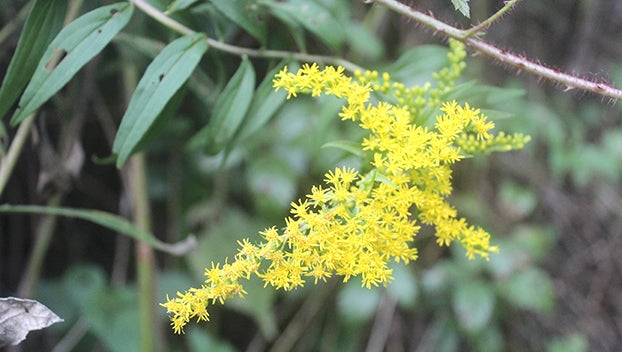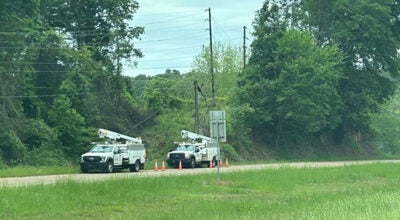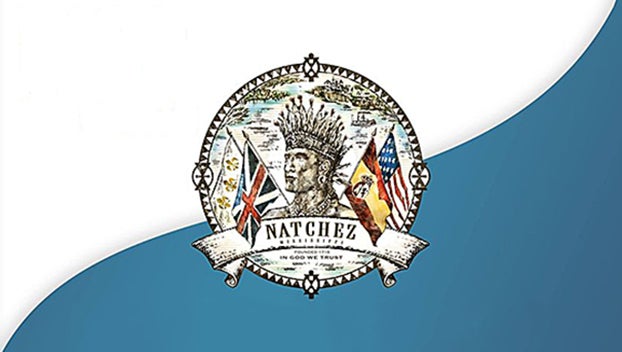Goldenrod looks good in garden, beneficial for deer
Published 2:05 pm Tuesday, September 20, 2022

- Goldenrod blooms in August and September. They take over fields and can be a great addition to your garden at home and can benefit deer. (Hunter Cloud | The Daily Leader)
|
Getting your Trinity Audio player ready...
|
By Gary R. Bachman
Mississippi State University Extension Service
One of the sights I look forward to each year is goldenrod in full bloom.
Beginning in late August and peaking about the third week of September, goldenrods seem to be along the roadsides of every highway and in every natural area and field. The masses of bright yellow are gorgeous, and it’s hard for me to consider the goldenrod as a weed.
While I think of goldenrods as gorgeous and welcome, many people consider them to be the scourge of the fall allergy season. That belief is actually not true. Goldenrod is the victim of cause-and-effect reasoning: If your fall allergies peak when goldenrods are blooming all around, then it must be the plant’s fault.
However, the real culprit is the ragweed that blooms at the same time. We don’t see these tiny, inconspicuous flowers, but they produce loads of small pollen grains that are easily distributed by the wind. Ragweed pollen wreaks havoc with the allergies of thousands of people.
I have said many times that many of our flowering ornamental plants are only one or two steps out of the ditch. Goldenrod is the perfect example of this line of thought.
Now, I will admit I probably wouldn’t plant the “wild-type” goldenrod in my home garden because it would be a wee bit too invasive. Wild goldenrods tend to be 4-foot-tall, unbranched plants. While the flower heads are arching, the plants themselves usually have a top heavy appearance.
I have noticed goldenrods blooming on shorter plants along highways, but these were probably mowed down in late spring.
An older selection that has an outstanding flowering habit is Fireworks goldenrod, which grows to 3 to 4 feet tall and wide. This plant naturally branches close to the ground, and flower clusters radiate out in all directions from these arching branches.
In full flower, these plants resemble yellow sparks streaming outward from exploding fireworks.
There are goldenrod selections under evaluation that have shorter and denser growth habits.
I’ve been in Tennessee seeing my parents, and while visiting an independent garden center there, I found a new-to-me, great-looking, small-statured goldenrod called Golden Fleece.
This plant grows to only about 15 inches tall. To use the boxing analogy of “punching above your weight class,” Golden Fleece flowers above its size. From August to October, Golden Fleece produces tiny, bright-yellow individual flowers clustered along the top side of the arching panicles.
Goldenrod produces big pollen grains that require insects to transfer them from flower to flower. It’s these big pollen grains that make goldenrod one of the best pollinator-attracting plants for the fall season.
Benefits for Wildlife
MSU Extension Service’s “A guide to Common Deer Forages,” states that deer have a moderate to high selection preference for goldenrod depending on species. It also makes for good cover for the deer at the edge of traditional food plots as it grows up to six feet. Goldenrod provides anywhere from 10.6 to 19 percent crude protein but on average it is 13.8 percent.
Ragweed might be a culprit for fall allergies but it has a purpose in deer forage activity. MSU’s guide states that deer have a high preference for ragweed and it produces 17.8 to 20.8 percent crude protein and averages 19.6 percent. It is native to the US.





